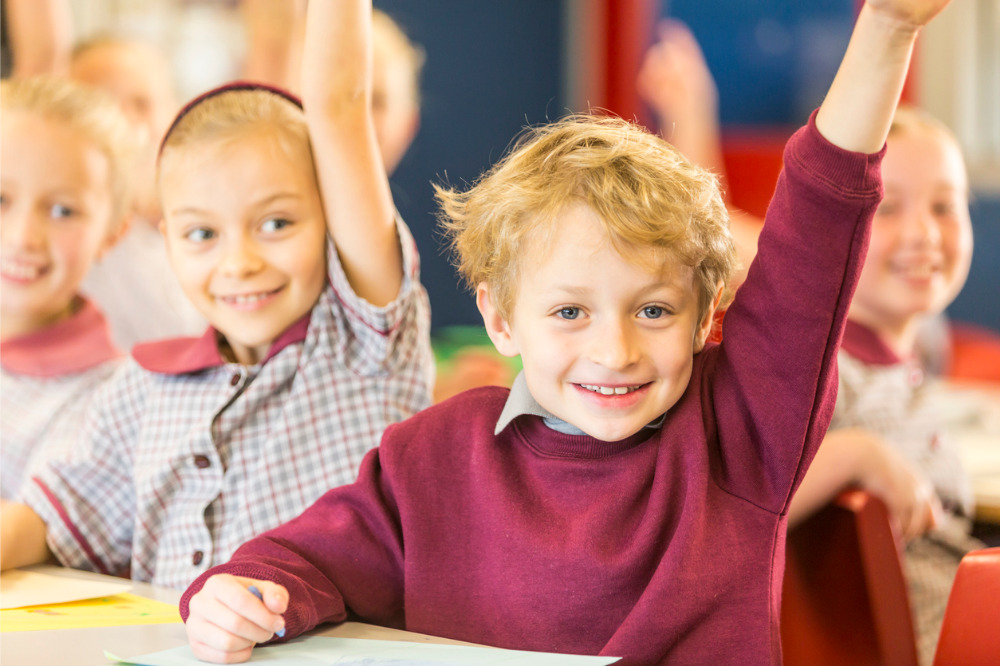
by Michael Anderson and Peter O'Connor
On the Monday post lockdown, schools again reverberated with the sounds of all their kids in the playground.
In this pandemic much has changed but perhaps none more than schools and the work of teachers. For many parents, teachers and students there will be justifiable anxiety about what students have missed out on.
There will be no doubt be a rush in some classrooms to cram missed syllabus content into kids (which will soon be forgotten) as well as re-establish routines. There might be a better way to manage the return to schools by looking at what our neighbours across the ditch have done and are planning when they reopen later this year.
Schools in Aotearoa New Zealand have used the arts and creativity to support students and teachers make a meaningful transition back to classroom learning. An online resource, called Te Rito Toi was created by the University of Auckland, in partnership with the NZ Principals Federation and the the teachers union that represents over 90% of all Primary teachers.
The site provides lesson plans and advice for teachers to use the arts and creativity to help students reflect on their lockdown experiences and consider how they might use those experiences to make their learning more fruitful as they meet their teachers and classmates again.
A central pillar Te Rito Toi is that arts-informed curricular approaches are powerful for individual and community recovery after disaster, strengthening social support and building hope.
For students it is a gentle way back into schools that promotes opportunities for students to create and reflect on how the world has changed during lockdown and at its heart children catch up with relationships before catching up with learning.
For students, it is a gentle way back into schools . . . children catch up with relationships before catching up with learning.
The program is based on decades of international research into what the arts do, that they qualitatively shift the kinds of talk that happen in classrooms and provide students with opportunities to recognise how the pandemic has disrupted their lives and schooling. It also provides creative processes for them to respond to their experiences as they re-join their school communities.
In 2020 the University of Auckland team (who developed the program) carried out a research project with eight schools around Aotearoa about the use of Te Rito Toi in schools. It found that the lockdowns were just another layer of trauma along with multiple traumas happening in the lives of children and their families-the pandemic just exacerbated what was already happening. This was especially true in areas where Covid hit hard and where there are existing traumas such as poverty and dislocation.
When children are busy working hands-on in the arts, teachers observed that it was easier to have meaningful one on one conversations about their worries and concerns.
This research demonstrates that the arts provide a space for safe dialogue with the adult teachers about their anxieties such as ‘will my grandad die? What will happen if they do?’ All the big questions best handled outside a whole class discussion.
The research found that coming back to school to some joy and fun, along with the excitement of painting, drawing, dancing and moving was critical in supporting student wellbeing. Many teachers in this study, recognising the trauma of transition decided to put aside those more formal kinds of structures to excite kids about being back at school.
In New Zealand Te Rito Toi has been very popular. The lesson plans feature different mediums of expression and provide ways for children to build relationships, explore and describe emotions, engage with possibility, and reimagine the world.
The Te Rito Toi team have delivered webinars to over 40,000 teachers around the world that have inspired similar resources in Hong Kong, Taiwan, Hungary. The Te Rito Toi online resources have been used in the US, Canada and Australia.
This enthusiastic take up recognises that while routine and syllabus content are critical, they are not enough to support this massive transition and readjustment. The NZ Ministry of Education have joined the Principals Federation, the teacher unions in endorsing the approach for schools in Auckland when they return after months of lockdown.
Te Rito Toi focusses on classroom-based curriculum resource post-crisis. Schools cannot go back to ‘business as usual’ post-disaster and resume normal routines as if nothing has happened. They must address with children the fact that the world has changed and help their students make sense of that change.
These resources provide ways for children to reflect and create on their own experiences in a safe way and helps them to make sense of how they might be feeling.
As our classrooms spring back to life, we might look across the ditch to see how a dose of creativity and the arts can make spaces for our young people to process, reflect and respond to the changing world around them rather than just expecting them (and us) to just get on with it.
Dr Michael Anderson is Professor of Arts and Creativity Education at The University of Sydney and Co-Director of The CREATE Centre.
Professor Peter O’Connor is the Director of the Centre for Arts and Social Transformation at the University of Auckland and an Advisory Board member of the CREATE Centre


